Uruguay no longer stands in the shadow of its neighboring giants Argentina and Brazil. This country of just over 3 million people makes headlines not only as the place with the best quality of life in Latin America—it is also one of the most progressive nations in the world. Discover the ins and outs of meat-loving Uruguay.
Your reading list:
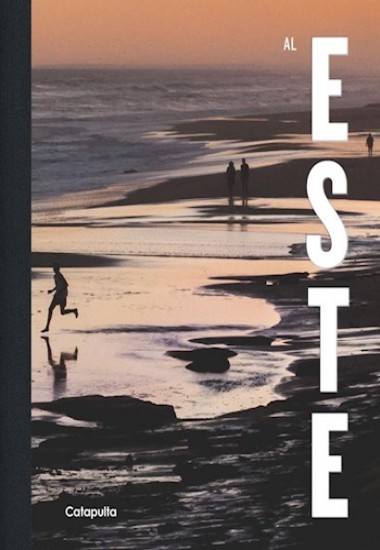
- The Book of Embraces by Eduardo Galeano
Born in Montevideo, Eduardo Galeano was perhaps Latin America’s most important modern writer. He was a journalist and political satirist, and he penned many books protesting capitalism and social injustice in Latin America. The Book of Embraces (1989) weaves autobiographical experiences, magical realism, historical events, and social commentary, all analyzed through a Latin American lens. It also exemplifies his unique writing style, which combines vignettes, short stories, fables, and anecdotes. While not solely about Uruguay, The Book of Embraces gives readers a broad understanding of oppression’s role in the country. Other notable books by Galeano are Open Veins of Latin America, Hunter of Stories, Children of the Days, and the Memory of Fire trilogy.
- Al Este by Astrid Perkins, photographs by José Pereyra Lucena
No other book expresses the essence of the Uruguayan coast quite like Al Este (2017). Astrid Perkins documents her exploration of the towns and villages along the South Atlantic shore. There she discovers that life can move at a different pace and the protagonist is the landscape itself. José Pereyra Lucena’s accompanying photography captures the spirit of the east—the views, the people, the homes, the dogs, the food, and the laid-back way of life.
- Witness: The Selected Poems of Mario Benedetti, translated by Louise Popkin
Mario Benedetti, one of Uruguay’s most beloved poets and novelists, was a leader of its intellectual literary movement during the 1940s. He wrote over 80 books—short stories, plays, novels, essays, and poems—which were translated into 20 languages, though his works in English are limited. Witness (2008), translated by Louise Popkin, a Harvard Spanish professor and friend of Benedetti’s, is a collection of poems that span his six-decade career. The selection tackles love, loss, oppression, and the middle-class experience in slow-paced Montevideo. Benedetti fled Uruguay after a 1973 military coup gave rise to a dictatorship, and he lived in exile for more than 10 years.
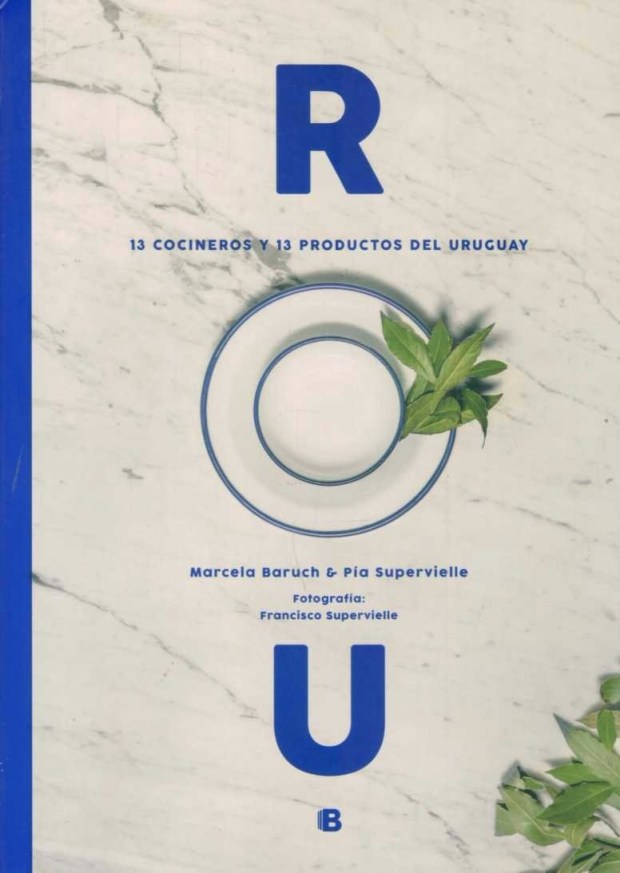
- The Purple Land by William Henry Hudson
First published in 1885, The Purple Land was William Henry Hudson’s first novel. His parents emigrated from New England to become sheep farmers in Argentina in the 1840s. The novel tells the tale of an adventurer from Europe who looks for opportunities across the Atlantic and falls in love with a young woman in Uruguay. The book is set in the country during a time of political turmoil, civil war, and disputes between landowners and urbanites. Known as one of the first road novels, it captures those conflicts, the urban settler experience, and country life on the mid-19th-century frontier.
- ROU: 13 Cocineros y 13 Productos del Uruguay by Marcela Baruch and Pía Supervielle
Journalists Marcela Baruch and Pía Supervielle tell the story (2016) of the modern gastronomic scene in Uruguay (República Oriental del Uruguay) through the eyes of 13 cooks from several generations. Each chef highlights one ingredient essential to the country’s cuisine. The recipes take readers on a journey through Uruguay—from the city to the green flatlands to the beaches—highlighting local vegetables, fruits, seafood, and meat.
Phrasebook:
Me estás jodiendo? Uruguay is nothing like Argentina!
bo: A very common word meaning “you.” It can replace a person’s name, similar to che (in Argentina), “dude,” or “mate.” It is also used to call attention to someone. “How’s it going, bo?” or “Hey, bo! Get over here!” Botija is slang for “kid” or “child.”
Me estás jodiendo?: This is a phrase also used in Argentina and translates to “Are you kidding me?” Careful, because in other Spanish-speaking countries joder means “to f***.”
We are going out for dinner tonight, ta?
ta: An abbreviation of está (it is). Uruguayans use ta to mean “OK,” “yes,” or even “stop,” all depending on the context. “Do you want some mate?” “Ta.” It can also be used in question form, similar to “right.”
ta chau: To say goodbye or announce you are leaving. Many Uruguayans are of Italian descent and use the word chau to say goodbye. (Note that it is spelled chau, not ciao.)
salado: The literal translation is “salty,” but the meaning can vastly change, depending on the context. Salado can mean “difficult,” “excessive,” “enormous,” or even “amazing.” For example, “I went to the coast, and it was so salada.” Does it mean salty? Incredible? Huge? Difficult (said ironically)? It’s so confusing, even some Uruguayans struggle to decipher it.
Know before you go:
- Be patient, slow down the pace, and welcome the relaxed onda. In Uruguay, time can seem to stand still, and moments are meant to be appreciated. Most Uruguayans have laid-back personalities, and this makes the country an ideal place to take it down several notches and unwind. There’s never really a rush to go or be anywhere, so it’s crucial for visitors to get into that mindset. Just kick back, relax, and let the Uruguayan mode take over. Most everything moves at an ultra-slow pace—lines at the bank, lunches, meetings, public transportation, restaurant service. There’s no real sense of urgency. Ahora and ahorita, which translate to “now,” really mean “anytime in the near or distant future.”
- Where everyone knows your name. Uruguay is small in area and population. It has just 3.3 million people, and 1.8 million of them live in the only major city, Montevideo. Most of the country consists of grasslands, and its biggest industry is agriculture. Over 90 percent of Uruguayans are of European descent—mostly Spanish, Italian, and French. It’s a country where six degrees of separation is easy to play.
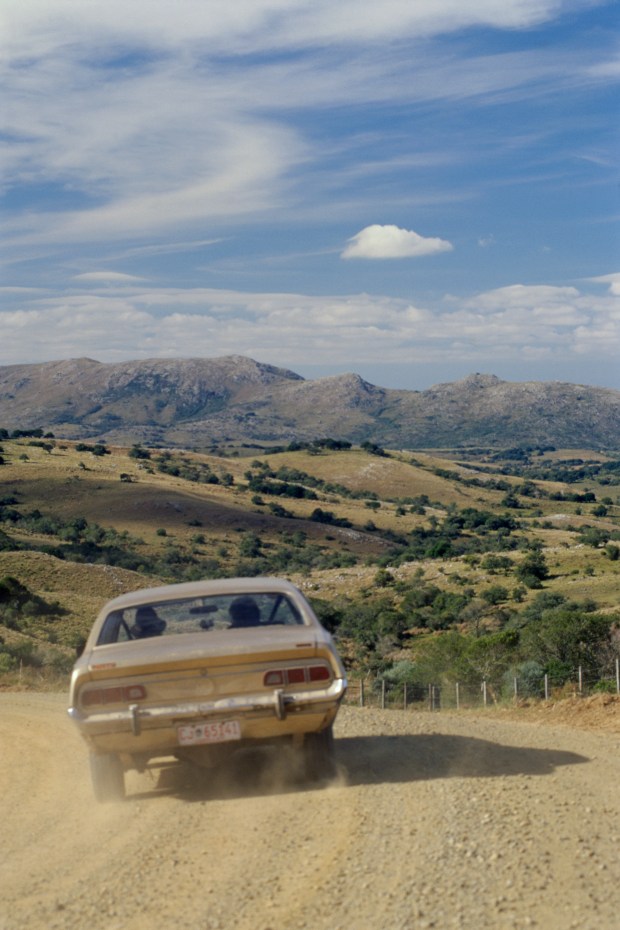
- No longer an add-on chapter in Brazil or Argentina guidebooks. Uruguay rarely gets the same attention as its jumbo neighbors. But it’s not just a side trip destination anymore, and there’s a lot going on in a low-key way. Montevideo has always been described as a sleepy capital, with a charming look reminiscent of Havana. But in recent years, a younger generation of Montevideanos is livening things up, and the city’s food, art, and music scene is exploding. Heading east along the coast, there’s Punta del Este, South America’s St. Tropez, where the beautifully botoxed soak in the rays by day and vodka energy drinks by night. Even Cabo Polonio, a hippie commune with no electricity, receives thousands of tourists each year, despite the fact that it’s accessible only by horseback or 4 x 4 truck.
- It’s a road tripper’s dream. Rent a car and drive across the country, which takes only about seven hours, and visit small towns and beach villages along the way. Most of Uruguay has incredible views: sparsely populated dispersed flatlands filled with gauchos, estancias (guest ranches), rolling plains, and cows—lots of them. Crime is very low, and hitchhiking is a common way to get around, especially in the countryside.
- Highs and lows. Nine months of the year, during low season, the Uruguayan coast looks like a ghost town. But high season hits full force in December and January. Keep this in mind when planning your travels. Many restaurants and hotels are open just for the summer. If you want to avoid crowds but still see some of the action, visit during the shoulder season in late November to early December or late February to early March.
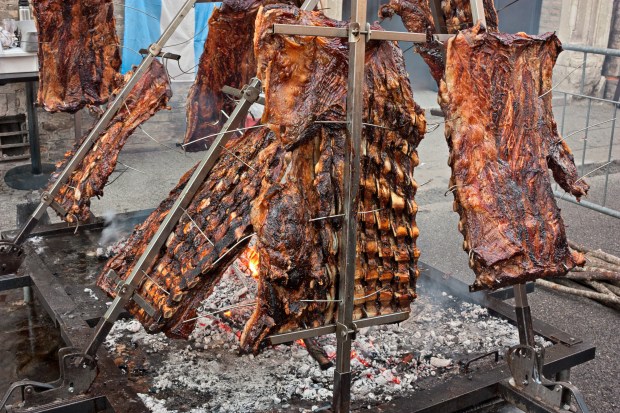
- Rioplatense Spanish. Uruguayans and Argentines speak similarly. For example, y and ll are pronounced “sh” or “j.” They also use the vos form for “you” instead of tú.
- They might sound like Argentines, but Uruguayans have their own identity. Argentina and Uruguay have similar histories, but there are strong cultural distinctions and a kind of frenemy relationship. Uruguayans tend to be more progressive and laid back than their neighbors. For decades, many upper-class Argentines spent their summers on the coast, and recently there has been an influx of middle-class Argentines moving to the Uruguayan countryside.
- The Brazilian influence. Along the more than 600-mile Uruguay-Brazil border is an area with a unique cultural fusion. There many families speak Spanish and Portuguese or Portuñol, a mix of the two. Brazil’s national dish, feijoada (a bean, beef, and pork stew), has become a staple in many Uruguayan homes. And Carnival is a big deal in Uruguay, lasting more than a month. If you’re looking for a party, join the murga, parades of Carnival dancers, from January through March every year.
- Meat is life. Uruguay consumes more meat per capita than any other country in the world. In fact, cows outnumber people almost four to one. Asados (barbecues) should be considered a national pastime. Any day of the week, for lunch or dinner, it’s not uncommon to gather in a backyard, whip up a fire in a pit, and grill all sorts of cuts and entrails over the open flame. The best part? The country banned hormone use in cattle 40 years ago, and most beef in Uruguay is organic and grass fed. Hot tip: If you are invited to a barbecue, you should never plan on doing anything afterward. There’s no such thing as an asado quickie.
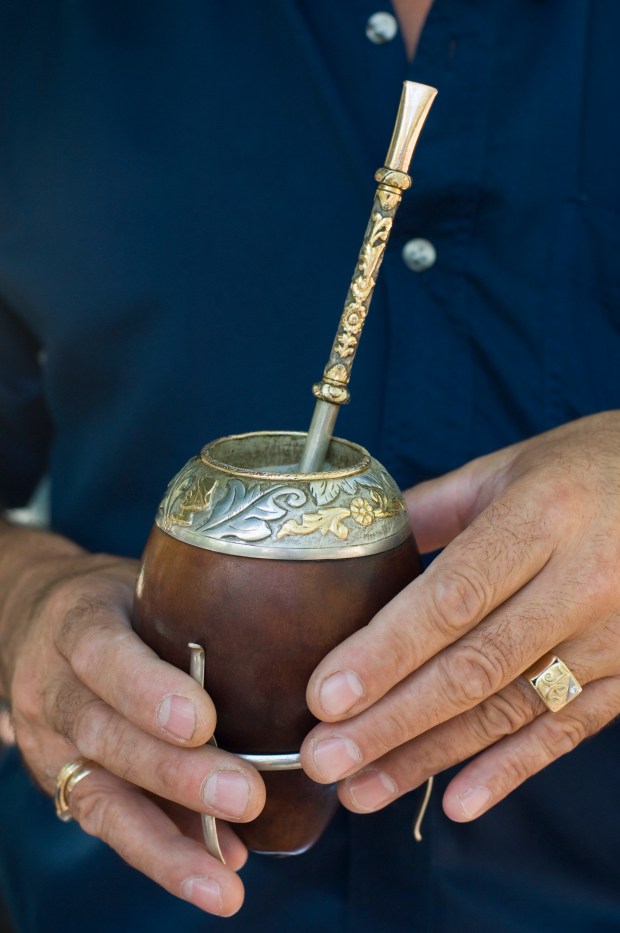
- Yerba mate is practically a religion. What’s with those gourds, straws, thermoses, and baggies filled with green herbs everyone seems to be carrying around? No, it’s not some weird form of drinking marijuana (although cannabis mate exists). It’s for yerba mate, a tea-like drink found across the region. Uruguayans take yerba mate to the extreme and carry it around like an adult pacifier. Grocery stores have whole aisles dedicated to the stuff, including accessories like metal straws (bombillas), mate belts, and leather pouches.
- Who is Pepe Mujica? José “Pepe” Mujica, a beloved Uruguayan ex-president (2010–15), was a guerrilla leader and in the 1970s was imprisoned (at the bottom of a well) and tortured. He is known for his liberal views on renewable energy, decriminalizing marijuana, and legalizing abortion and gay marriage. “Abortion is as old as the world,” he said. “Gay marriage … is older than the world.” He added that to not legalize same-sex marriage “would be to torture people needlessly.” After taking office, he didn’t change his modest way of life and instead of moving into the presidential house, stayed at his home on a farm outside Montevideo and continued to drive his Volkswagen Beetle. He donated 90 percent of his presidential salary to charity.
- Uruguay is one of the most socially progressive nations in the world. It was the first nation in Latin America to establish a social safety net and was a leader in the women’s suffrage movement. Church and state have been separate since the early 1900s, and even though it is surrounded by Catholic countries, most of Uruguay isn’t very religious. Many of its official holidays have been renamed. For example, Holy Week (Semana Santa) was changed to Tourism Week, and Christmas is now called Family Day. In recent years, Uruguay legalized abortion and same-sex marriage and was the first country in the world to legalize and regulate the domestic production, use, and sale of marijuana. The nation has one of the highest literacy rates in the world—98.1 percent—and the state offers free access to education. In 2009 it became the first country to give every child free access to a laptop and Wi-Fi. Almost 95 percent of its electricity comes from renewable sources, and it is No. 1 in Latin America on the 2017 Legatum Prosperity Index. Plus, the economy continues to grow. So when do we all move to Uruguay?